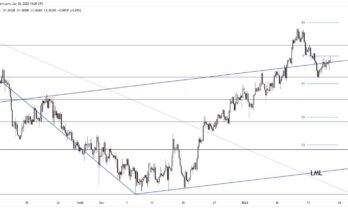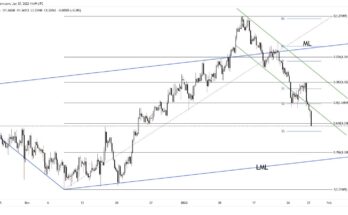The main focus on Tuesday was the turn-around in sterling which moved back below the 1.70 level on cable as the market reflected the mixed messages coming out of the Bank of England during testimony before parliament. There was not a killer line in the testimony that caused the pound to fall, rather the tone was less hawkish than the Governor’s previous speech earlier this month and the tone to the June MPC minutes. Despite this, it’s notable that yields on 2Y bonds actually fell, with only a small (1bp) rise in interest rate expectations on short sterling. As such, the price action suggest it was more profit-taking on recent sterling gains, rather than a fundamental re-assessment of rate hike prospects.
Elsewhere, USDJPY remains in a tight range, despite Abe sounding more bullish than ever on the prospects for successful structural reforms in the economy. This was ahead of the cabinet passing a number of reforms designed to help the economy escape from the deflationary trap that has engulfed it for the past two decades. These are to include cuts in corporation tax and other measures to free-up trade both internally and externally. The key question is if and when this will impact the Japanese currency, which depreciated rapidly during the early part of last year, but has since struggled for direction, especially in recent months. The caveat is to what extent the yen will benefit from safe haven flows in the near-term, given the unfolding events in Iraq which capped equity gains yesterday and also pushed up volatility (VIX) from the recent lows.
Further reading:
AUDNZD Could Trade Into 1.0880 Amid Key Shift
Dovish Federal Reserve weakens USD, BOE spreads confusion



